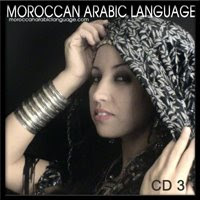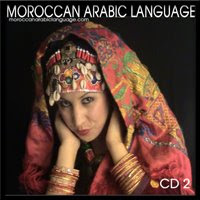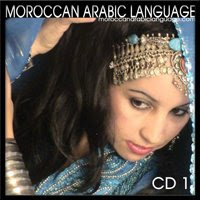In English, we never think of these two tasks separately. We simply use a number in combination with the plural form of some object. In Arabic, however, we have to learn how to combine different numbers with objects, sometimes using a plural form, sometimes a singular, sometimes with a letter in between the two, sometimes not. As in all things Arabic, what seems difficult now becomes natural with time.
Cardinal Numbers
Cardinal numbers refer to the normal numbers we use (one, two, three...). They are different than ordinal numbers (first, second, third...) and fractions (one-half, one-third, one-fourth...). For now, we start with the cardinal numbers. We will work with ordinal numbers and fractions later.
Numbers 1 thru 10
In Moroccan Arabic, there are two ways to combine the numbers 3 thru 10 with an object. We sometimes use the “full” or normal form of the number, and sometimes we use a “short” form of the number.
Here is a table listing the full form of numbers 1 thru 10 and the short form of numbers 3 thru 10.

Numbers 11 thru 19

Numbers 20, 30, 40 ... 99
For a multiple of ten (20, 30, 40 etc.) in Arabic, we simply use the name for that number, like in English. For numbers such as 21, 22, or 23, however, it is not like English. In Arabic, the “ones” digit is pronounced first, followed by the word “and,” then followed by the “tens” digit. For example, in Arabic
the number 21 is literally “one and twenty” while the number 47 is literally “seven and forty.” Also, remember that for the numbers 22, 32, 42, 52, 62, 72, 82, and 92, we do not use juj. Rather, we use tnayn. Here is a list of the multiples of ten, with examples of numbers between each multiple:

Numbers 100, 200, 300 ... 999
The Arabic word for 100 is miya. For 200, there is a dual form of miyatayn. For 300 thru 900, we use the short form of the numbers 3 thru 9 plus miya. For numbers such as 107 or 257, we will use the appropriate multiple of 100 followed by the word “and” and then the rest of the number. Some examples:






No comments:
Post a Comment